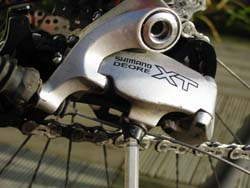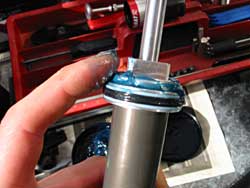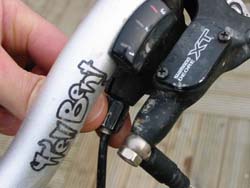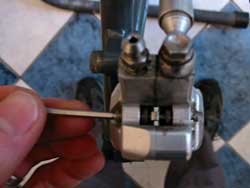Amble into pretty much any bike shop and you’ll be confronted by an almost bewildering array of Useful Stuff In Bottles. Yes, we’re talking lubricants. There are dozens of different types out there, and they don’t all do the same thing. So to help you along, here’s a quick guide to what sort of lube you need for what jobs…
 Chain lube
Chain lube
An obvious one, this. Chain lube is for your chain. Which you choose depends a little on your local conditions and preferences. “Wet” lubes are thick and tenacious and good for wet and muddy conditions, but in drier weather tend to attract dust. “Dry” lubes are a little less sticky and tend to stay cleaner when it’s dry. There are also wax-based lubes that are designed to form a slick coating on the whole chain. They’re effective but can be a pain to apply – you need a thoroughly clean and dry chain first.
Chain lubes tend to come either in aerosols (easy to apply but a bit wasteful) or dropper bottles (more tedious to apply but it all goes where you want it). Small bottles are also handy to drop into your pack should you do one river crossing too many in a ride.
 Water displacers
Water displacers
There are loads of things like TF2, WD-40 and GT85 – thin oils designed to chase water out of things and apply a small amount of lubrication. In the case of WD-40, the lube effect is minimal – it’s great for getting water out (spray it on a freshly-cleaned chain to stop it going rusty) and freeing things up, but don’t rely on it for anything that actually needs oil in it. TF2 and GT85 have some Teflon in, so they’re a little more versatile – brake pivots, the inside of shifters, cables etc.
 Anti-sieze
Anti-sieze
This stuff isn’t really a lubricant, as it’s designed to go between non-moving surfaces. As you’ve probably noticed, some bits of bike tend to get firmly stuck if left to their own devices. A good slathering of anti-sieze will prevent that by forming a barrier between the threaded object and whatever it’s threading into. SPD bolts, bottom bracket cups and pedal threads are all good anti-sieze candidates.
 Bearing grease
Bearing grease
Good, thick, sticky waterproof grease is just the thing for hubs and headsets. Plenty to choose from, and if you think bike specific ones are a bit spendy, look for the stuff designed for boat trailer wheel bearings – cheap, plentiful and stays where it’s put. It’s also a good idea to grease the threads and under the heads of bolts, otherwise they tend to gall up before they’re properly tight. The same goes for bottom bracket spindles before the cranks go on. Seatposts and the top of the steerer where the bits of headset slide on are also good grease candidates.
 Suspension grease
Suspension grease
Many suspension forks are open-bath systems, meaning that there’s oil inside that circulates around the workings keeping everything smooth. But some forks use grease to keep the outer legs sliding smoothly. Conventional grease tends to have nasty effects when used in forks – it can break down elastomer springs and degrade bushings. So use a suspension-specific grease – most manufacturers of greaseable forks make a grease to go with them.
Leave to dry
Then there’s those odd bits that really you don’t want to lubricate at all. Most rear shock bushings disintegrate if exposed to grease and are designed to be self-lubricating so leave them clean and dry. And sealed cable sets like Gore-Tex Ride-Ons and Avid Flak Jackets have low-friction Teflon liners and shouldn’t be lubed either – lube just attracts grit and damages the liners.

 Chain lube
Chain lube Water displacers
Water displacers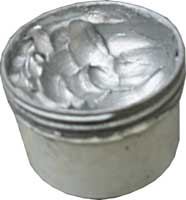 Anti-sieze
Anti-sieze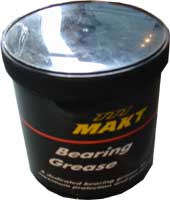 Bearing grease
Bearing grease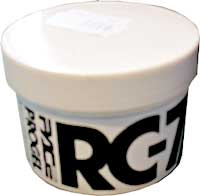 Suspension grease
Suspension grease